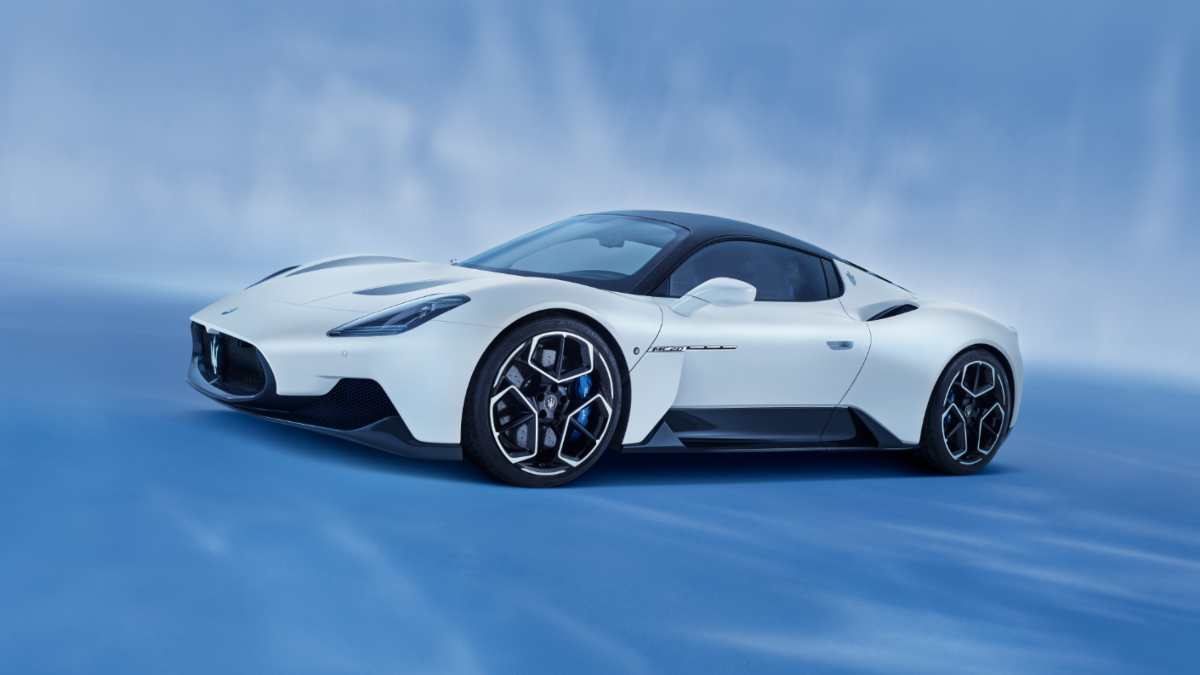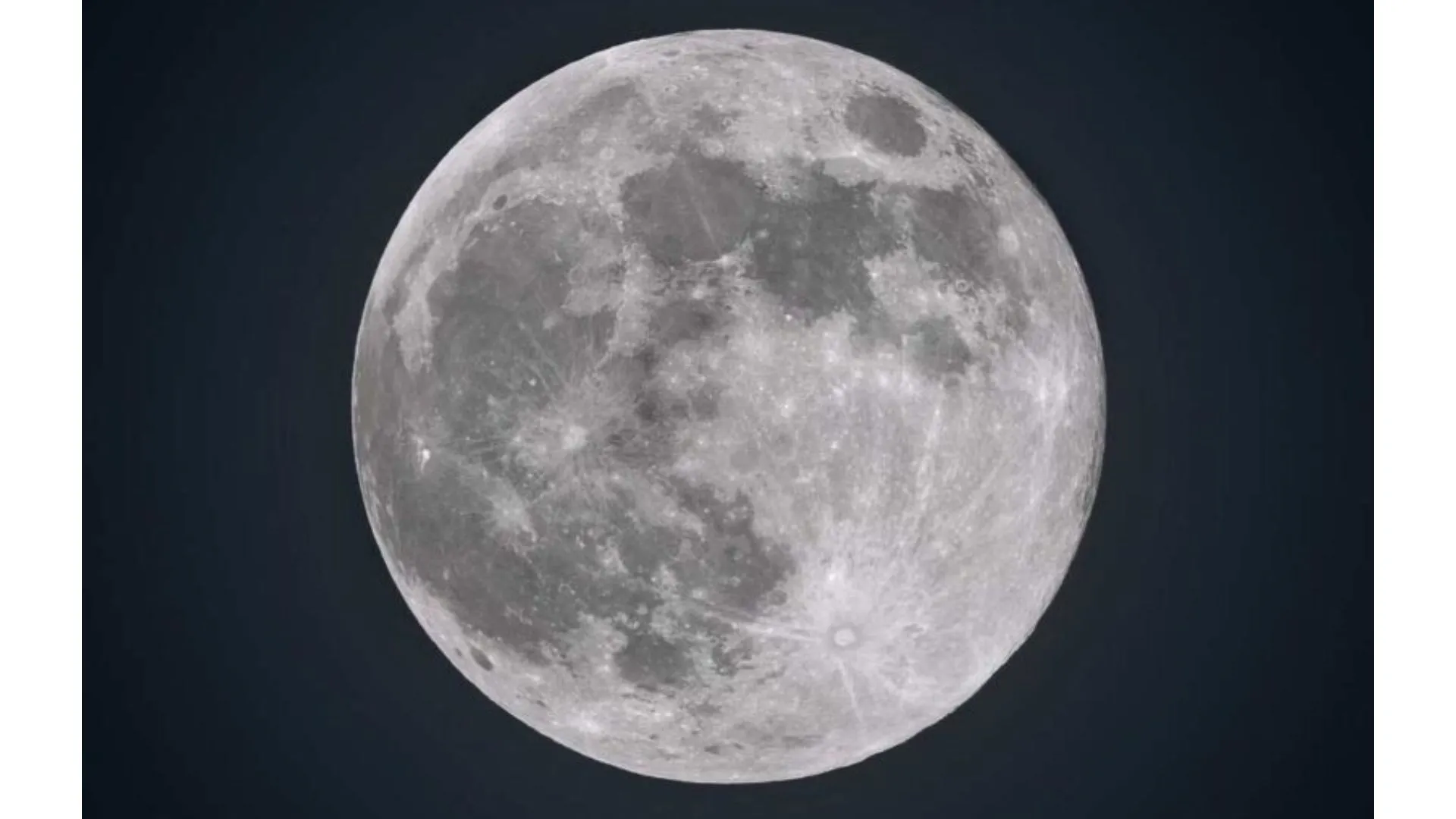Italian supercar brand Maserati has marked a new chapter in its over 100-year-old journey with the unveil of the MC20. The mild-hybrid machine is the first Maserati supercar in 15 years and is celebrating the Maserati’s return to racing. In fact, ‘MC’ in MC20 stands for Maserati Corse, which is Italian term for racing and 20 denotes the year of the launch which is 2020. The car was shown for the first time to the world in Modena, the iconic headquarters of the company. Maserati says that the MC20 is a car with worthy aerodynamic efficiency, which conceals a sporty soul.
Engine
Maserati says that the newly developed 3,000 cc V6 Nettuno engine transfers to a road car a technology previously found only in Formula 1. It churns out a massive 630 horsepower with torque figure of 730 Nm. And it’s mated to an 8-speed dual clutch trans- mission. Those big numbers mean that the car can achieve the speed from 0-100 km/hr acceleration in under 2.9 seconds and a top speed over 325 km/hr.
This Nettuno engine also signals Maserati’s return to producing its own power units after a hiatus of more than 20 years. The MC20 is an extremely lightweight car at under 1,500 kg and thanks to its power output of 630 hp it comes out best in class in weight/power ratio, at just 2.33 kg/hp. According to the company this was achieved through the use of choice quality materials, exploiting all the potentials of carbon fibre without any sacrifices with regard to comfort.
Ride and Handling
The MC20 has a double wishbone suspension system with active shock absorbers. The short spindle semi-virtual double- wishbone layout is used on both front and rear axles. The company says this suspension type ensures the best performances in terms of handling and ride comfort. A button in the centre of the driving mode selector enables the driver to adjust the suspension. Pressing the suspension button makes the suspensions more comfortable and less stiff. This is particularly useful on uneven ground, since it gives the driver a sporty yet comfort- able driving experience. The car has five driving modes, selected using the selector in the centre of the tunnel, WET, GT, SPORT and CORSA. Each one is identified by its own col- our: WET green; GT blue; SPORT red; CORSA yellow; ESC OFF orange.
Design
Aerodynamics had a fundamental role in sculpting the forms of the car. Nothing is purely ornamental, if Maserati is to be believed. There is a reason for every stylistic feature, either aerodynamics or cooling. And they didn’t even feel the need for a movable spoiler, which the company says would have detracted from its form. The deflector on the door completes the line of the wheel arch, while keeping the air flow glued to the car. The only concession is perhaps the butterfly doors. But then they enable much easier access to and from the cabin, and also show off the carbon fibre cockpit, the aerodynamics and the completely un- masked front wheel. The doors are opened by a push- button from the inside and have sensors to warn of obstructions. The front grille is rather different from Maserati models of the past and combines a bare carbon fibre lower part with a body colour top. The front wing is without the three air vents that were a signature feature of Maserati models but which would be point- less here, since the engine is mid-mounted. However, they reappear on the rear window.
Interiors
The cabin gets a digital rear- view mirror that is designed without a frame. Images are transmitted by a rear- view camera and helps in increasing the driver’s visibility. The multimedia interface has 2 screens inside the car, the digital cluster and central display, which are similar in shape and size. The car also comes with a new Maserati Connect programme. A navigation system ensures that the driver always has the latest traffic information in real time, as well as constantly updated maps. The multi- media system also enables activation of Amazon Al- exa services or a wifi hot- spot inside the cabin. The car is also equipped with a 6-speaker premium sound system as standard and with a 12-speaker sonus faber high-premium sound system as optional. The car will enter into production in 2021 and only time will tell if it enters India or not.
Shams Naqvi is Senior Editor at carandbike.com.























